How To Overwinter Coleus And Other Plants Indoors
Keep your favorite annuals thriving all winter with these money-saving tips.
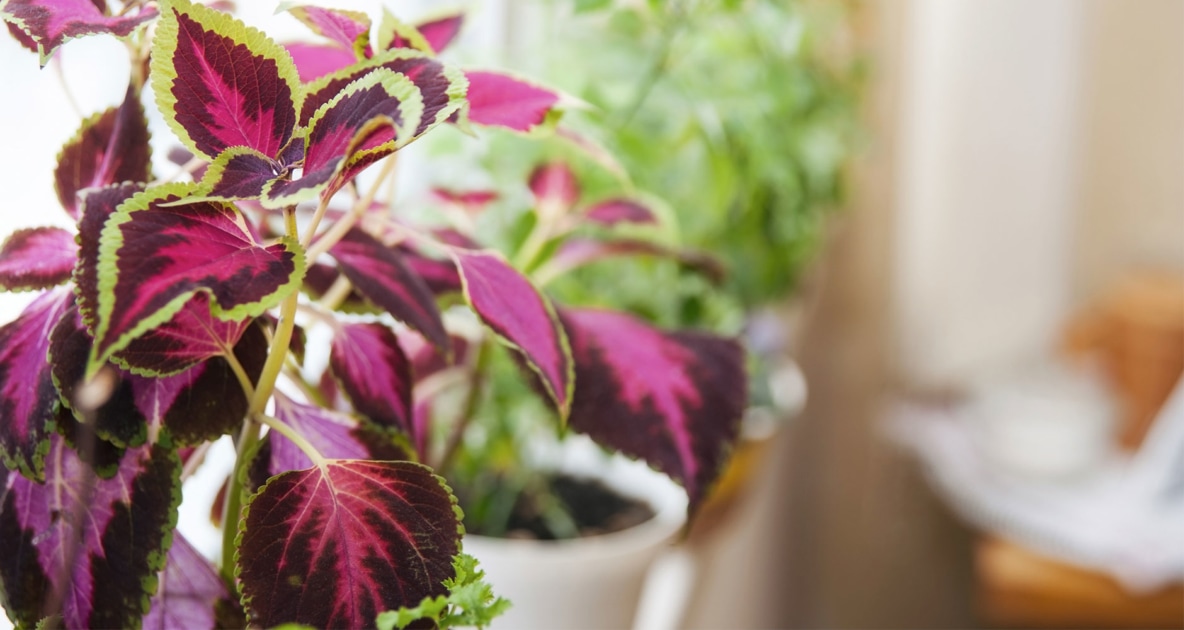
There’s good news for cold-climate gardeners: you don’t have to let the frigid temperatures and snow destroy your annual plants like your favorite coleus. You can prolong their beauty by bringing them indoors for the winter. In addition to adding a burst of color to your living space during the dreary, cold months, the practice of “overwintering” can be good for your wallet as well. You’ll have fewer plants to purchase in the spring! Here’s how to get started.
What’s in store for winter in your neck of the woods? Get our extended forecast!
What Are Annual Plants, and Which Ones Can I Bring Inside?
Annual plants are those that are not hardy enough to survive year-round in certain climates; they will die with the onset of cold weather. (In warm climates, however, they may act as perennials). These plants are excellent candidates for overwintering indoors:
- Lantanas
- Coleus
- Begonia
- Fuchsia
- Nicotiana
- Flowering kale
- Impatiens
- Oxalis
- Browallia
- Geraniums
- Verbena
Getting Started
Before frost threatens your annual plants, get them ready for their vacation indoors. Here’s how to do it.
- Dig up the plants you wish to save or remove them from their pots. Be careful not to damage the root systems. You can cut large plants to a more manageable size but never remove more than 2/3 of the plant’s crown and roots.
- Rinse the roots. Use a garden hose and a gentle spray setting on the nozzle to rinse the roots. This will help get rid of insects or eggs residing there.
- Repot the plants into a clean container with good drainage. Use dampened, new potting soil – either a commercial mix or a recipe of two parts loam, one part compost, one part perlite, and one part coir (coconut fiber).
It is best to bring the plants into a cooler room, preferably with north-facing windows, for a week or two. This will help the plants acclimatize to your home and also keep them isolated from other plants so that you can monitor for any evidence of insects on the foliage.
Typical pests include fungus gnats and aphids. Use yellow sticky tape traps to effectively capture them. As well, do not overwater—fungus gnats, in particular, love wet soil.
Location, Location, Location
After the quarantine period, move your plants into a well-lit room for the winter. Make sure to avoid direct sunlight, as it can harm them, and steer clear of extreme temperatures. Keep the watering consistent, but be cautious not to overwater and encourage rot or mold. Remember, there’s no need to fertilize annual plants kept indoors during the winter.
Come Spring…
In the spring, harden off your saved plants by leaving them outside in a sheltered location for brief periods during the day, returning them indoors at night. After a couple of weeks, they should be ready to plant out again.
Alternate Method
To save your favorite annuals, instead of keeping whole plants, you can take cuttings. During the next growing season, simply cut healthy non-flowering shoots from the plants and place them in moist growing media like perlite or coarse sand to encourage rooting.
Place the cuttings in a clear plastic bag and store them in a warm area away from direct sunlight. Monitor them regularly to prevent burning or wilting. Once they have rooted, transfer them to indoor pots for continued growth. This method is also useful for propagating more of your favorite annuals.
Not only will you enjoy colorful blooms throughout the winter months, but overwintering your annuals can also save you money by reducing the number of plants you need to purchase in the spring!
Be sure to check out our Gardening by the Moon calendar to pick the right days to do your planting.
Related:
Growing Vegetables Into the Fall and Cooler Seasons
Sheryl Normandeau
Sheryl Normandeau, BA, is a Master Gardener and writer from Calgary, Alberta, Canada. Her articles and short stories have appeared in several international publications. She is the co-author (with Janet Melrose) of the Guides for the Prairie Gardener series.

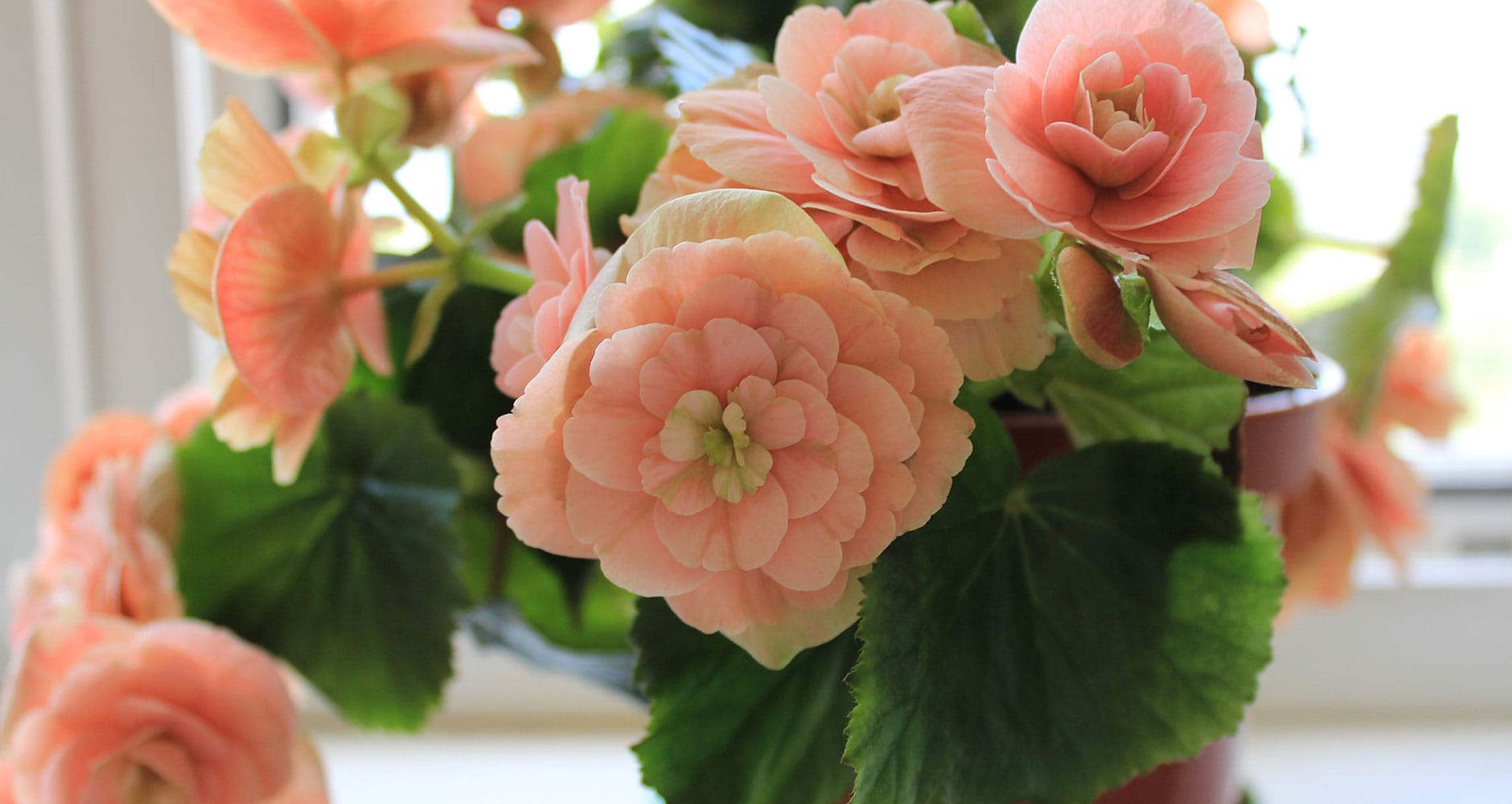
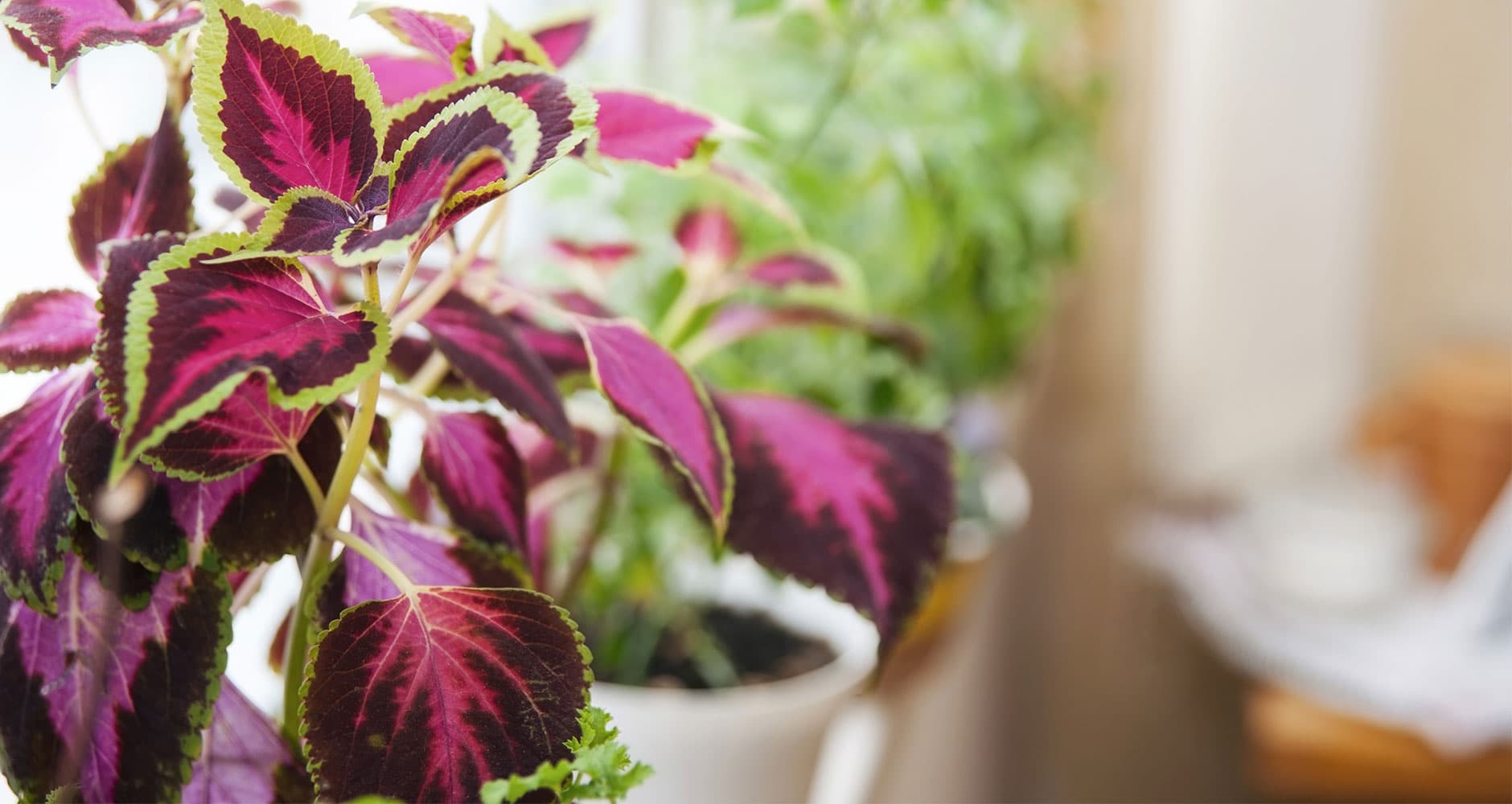
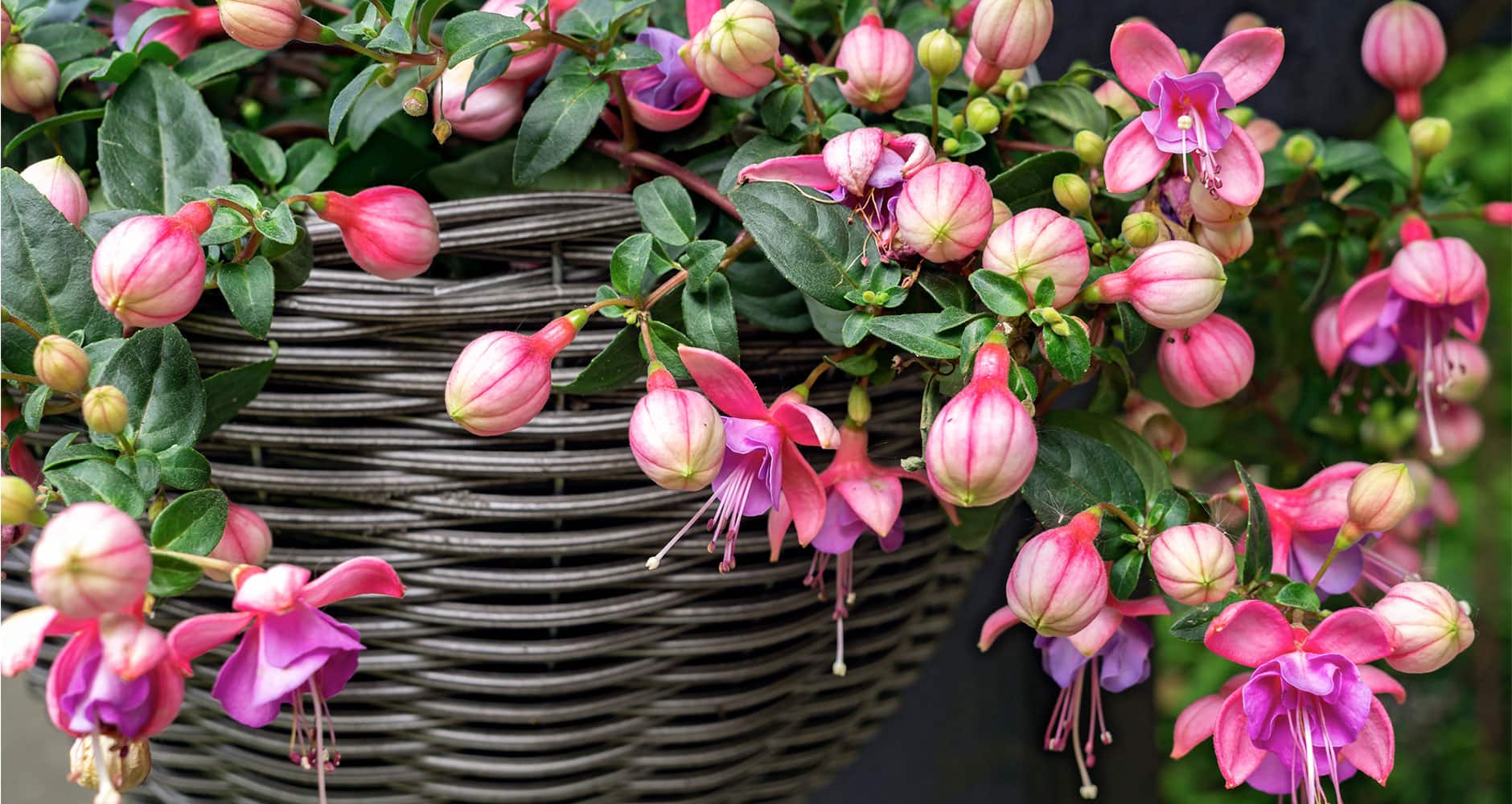

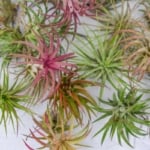


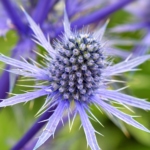
i have indoors plants that need repotting Where is the “barren days” in the calendar???
i garden by the moon phase but also know there are barren days to follow i would love to see those in your gardening calendar